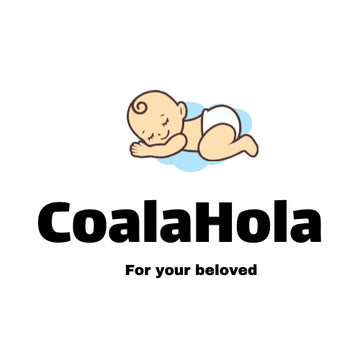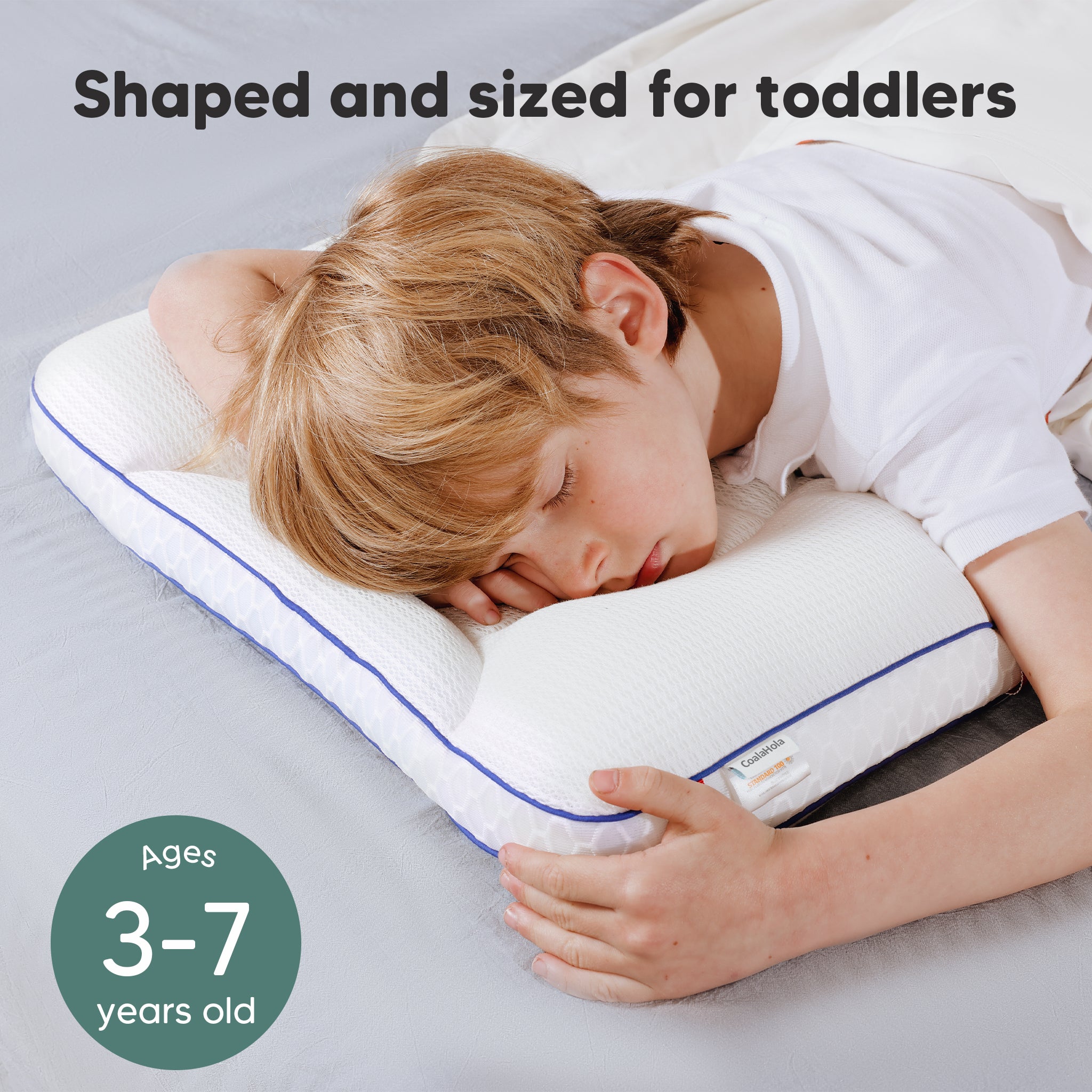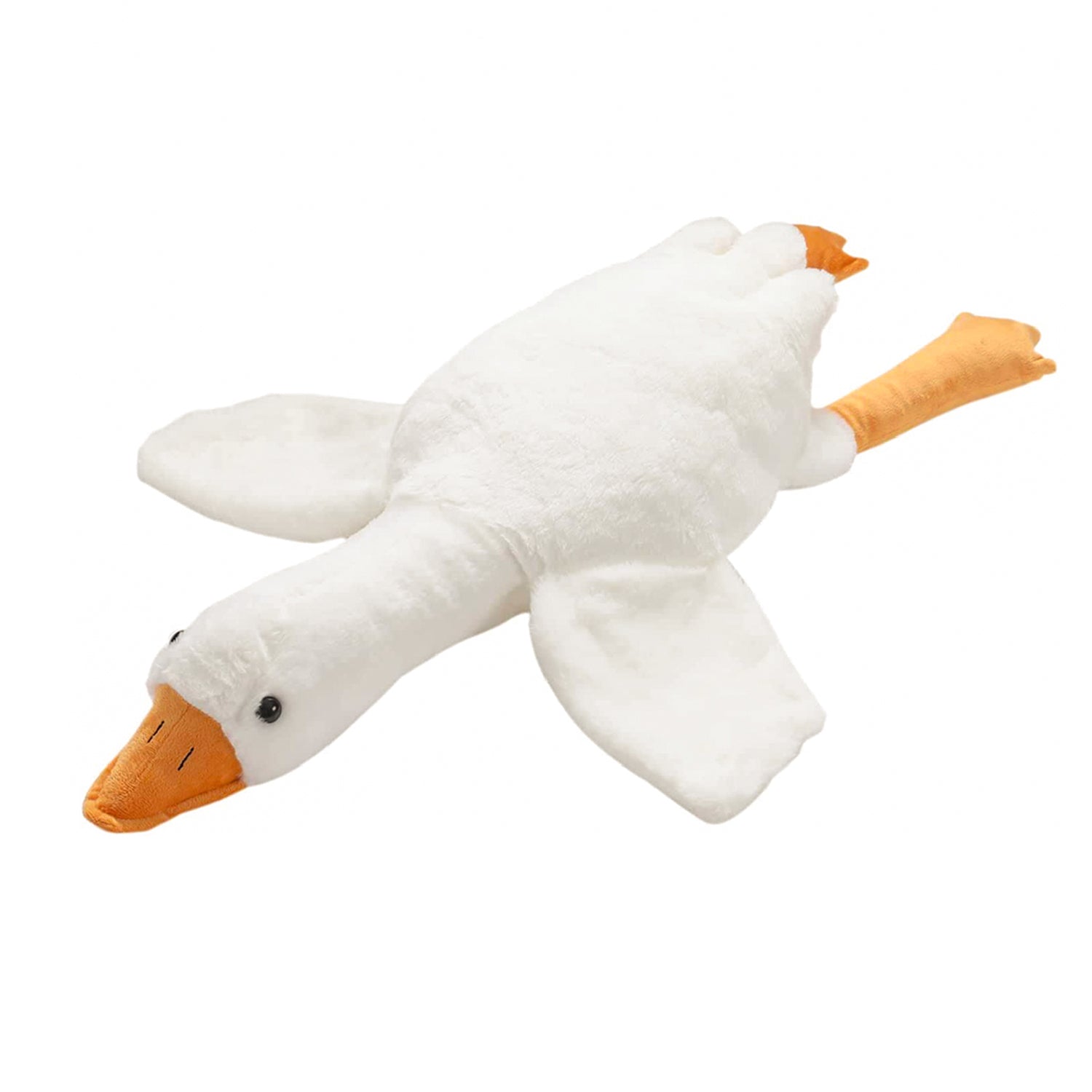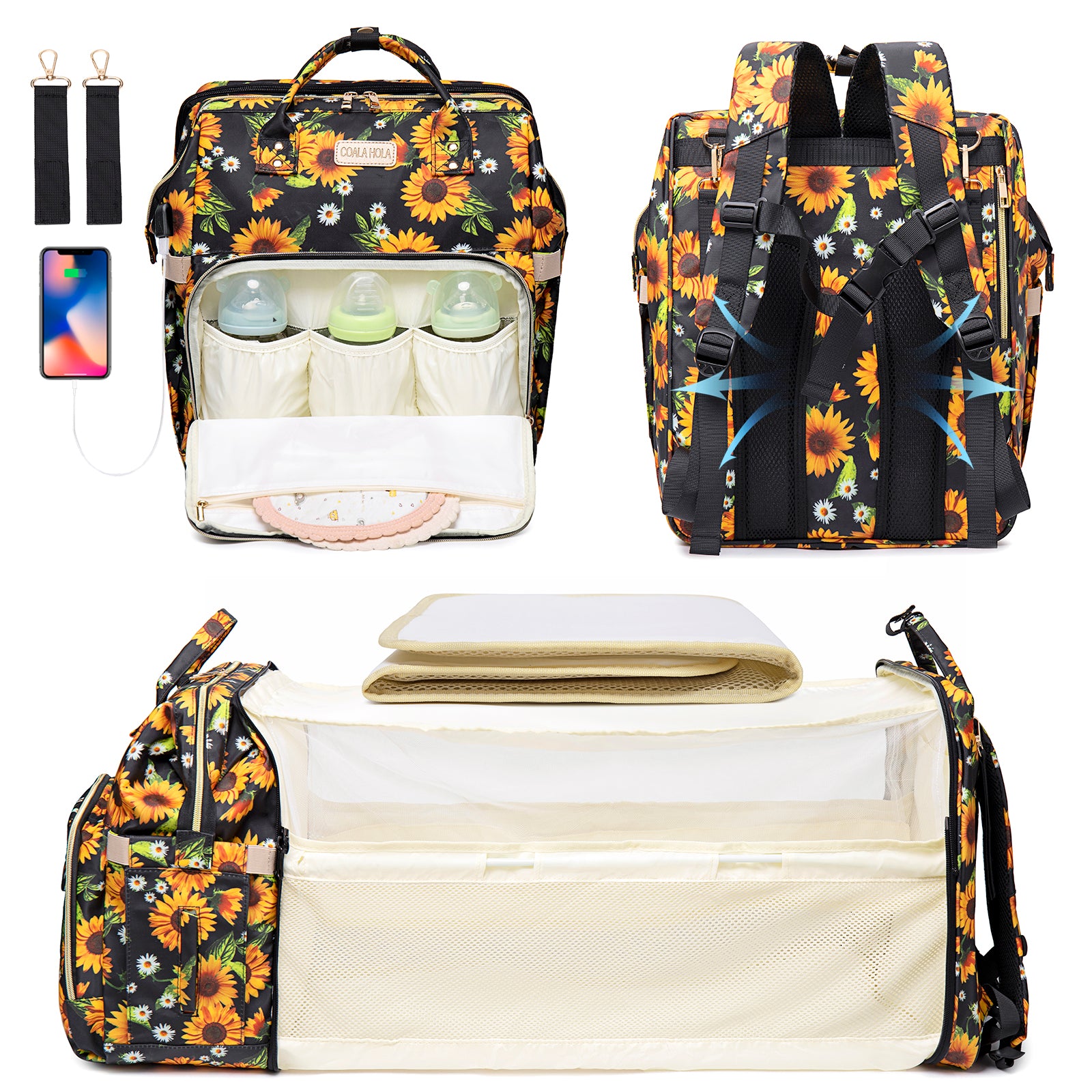In the tumultuous journey of early parenthood, one milestone stands as a daunting test: the emergence of those tiny, pearly treasures — the baby's first teeth. The process, termed "baby teething," tackles various sensations, from tender gums to sleepless nights.

With that, the copy delves into the phase with a discerning lens to unveil what teething is. The role of baby teether toys also emerges as a pivotal player, offering solace to infants and parents alike. Within the discourse of teethers for babies, a world of textured relief and curious shapes awaits exploration.
From understanding the science behind teething discomfort to uncovering effective baby teething remedies, this resource presents a grounded approach to addressing a common yet significant phase in parenting. Anchored in factual understanding and practical tips, it invites you to embark on an informed journey through the world of baby teething.
What are the Signs of a Teething Baby
While every child's journey is distinct, certain common indicators tend to emerge. As a baby's gums prepare for teeth eruption, irritability arises. The previously calm demeanor may give way to fussiness and restlessness, attributed to the discomfort of teething. Note that a teething baby might produce more saliva, leading to drooling.
Although this can cause concern, it's a natural response that helps soothe sore gums. A significant sign of a teething baby is their inclination to chew and gnaw incessantly. This instinctual behavior serves a dual purpose: to alleviate gum soreness and facilitate tooth emergence. In turn, this is where the relevance of teethers for babies comes into play.
The textured surfaces of baby teether toys offer a tactile relief that infants instinctively seek, providing not only comfort but also assisting the eruption process. Amidst these cues, disrupted sleep patterns can also disrupt a teething baby's routine. Heightened discomfort during the night may lead to sleep regression.
This phase can be a challenge for even the most experienced caregivers, emphasizing the profound impact of teething on a baby's overall well-being. Changes in appetite can also be noticeable during teething; a previously enthusiastic eater might display reluctance to feed. This could be due to the pressure on the gums during feeding, causing the baby to pull away from the breast or bottle.
Needless to say, recognizing and adapting to these patterns becomes crucial to ensuring adequate nutrition. To add, understanding a teething baby goes beyond the physical as the emotional landscape also shifts. Heightened attachment to the primary caregiver and separation anxiety might surface during teething.
Meanwhile, among the subtler indicators of a teething baby lies the phenomenon of ear pulling or rubbing. The nerve pathways between the jaw and ears can lead to referred pain during teething. A baby's attempt to alleviate gum discomfort might manifest as tugging at their ears, prompting caregivers to consider teething as a potential cause.
Another intriguing facet is the change in diaper habits. Teething can trigger increased bowel movements due to heightened saliva production and swallowing, leading to softer stools. In the realm of baby’s sleep, teething's influence goes beyond disrupted patterns.
Note, too, that a teething baby might experience daytime sleepiness. The exertion of managing discomfort can leave infants feeling more fatigued during the day, causing them to nap more frequently.
While this low-grade fever is generally harmless and attributed to the inflammatory response of teething, it's essential for caregivers to differentiate it from a genuine illness. Babies might also display a preference for colder foods or those with varying textures. This inclination reflects their instinct to seek relief through sensory exploration.
Of all, the caregiver's role becomes multidimensional, offering not only physical comfort through baby teether toys but also emotional support in response to these new emotions. The symbiotic connection between baby teether toys and the recognition of teething discomfort serves as valuable tools for caregivers and infants alike.
How to Help a Teething Baby
Baby teething, a natural developmental stage, often brings discomfort to infants as their primary teeth emerge. This crucial phase necessitates informed strategies to ease their distress. Here, we delve into practical approaches to provide relief to teething babies.
Around six months of age, babies begin teething, which involves the gradual eruption of their primary teeth through the gums. The accompanying symptoms, including irritability, excessive drooling, and gnawing behaviors, stem from the pressure exerted on sensitive gum tissues, which all contribute to teething.

The utilization of purpose-built baby teethers and teether toys has gained traction as an effective means of mitigating teething discomfort. These devices, typically made from soft silicone or rubber, are designed to provide a counter-pressure that soothes the inflamed gums when bitten. Their ergonomic design supports the development of fine motor skills.
Baby teether toys, textured and comforting, step forward as steadfast companions for baby teething. Drawing from research-backed insights, these toys provide a sensory counterpoint to the discomfort of sore gums.
Meanwhile, home remedies like gently massaging the gums with clean fingers or providing a chilled, damp washcloth for gnawing can be effective. However, it’s best to consult a pediatrician first before implementing any alternative remedies. Distraction techniques also minimise the baby's focus on discomfort.
Beyond teething toys, there exist several additional strategies that can offer relief to a teething baby. These evidence-based alternatives aim to alleviate the discomfort associated with teething through different sensory and physiological approaches.
Pain Relief Gels
Over-the-counter pain relief gels or patches that are specifically designed for teething babies can offer temporary relief. As well, this is a quick band-aid fix to the problem if you’re looking forward to easing the discomfort in a snap.
Solid Foods
For babies who have started on solid foods, offering chilled or cold foods can provide relief. Soft foods like yogurt, mashed fruits, and purées can be given in appropriate textures to soothe their gums.
Amber Teething Necklaces
Some caregivers use amber teething necklaces, believing that the warmth of the amber against the skin can release natural pain-relieving substances. However, caution is strictly advised due to potential choking or strangulation hazards.
Comforting Environment
Creating a comfortable and calming environment can contribute to reducing the baby's overall stress and discomfort. Needless to say, maintaining a consistent routine and providing extra cuddling can offer emotional support.
Consultation With a Pediatrician
If the baby's discomfort seems severe or persistent, consulting a paediatrician is essential. They can provide personalized recommendations and, if necessary, suggest appropriate pain relief options.
Everything accounted for, soothing a teething baby requires a methodical, evidence-based approach. The discomfort arising from the teething process can be alleviated through purpose-designed baby teethers and teether toys.
By adhering to evidence-based recommendations such as employing various textures, using chilled teethers, and providing constant supervision, caregivers can effectively ease the baby's distress. Employing natural remedies under expert guidance and ensuring emotional comfort further enhance the strategy.
As every baby's teething experience is unique, personalized approaches guided by pediatricians ensure that babies transition through this phase with minimal discomfort.
Easing the Pain: Tips for Choosing Teething Toys
In this discourse, we delve into the salient factors governing the curation of teething toys, taking into account that the evolutionary process of a baby's teething is a crucial factor of developmental growth.

1. Material Safety
At the very heart of a teething toy lies its material composition, a feature that extends beyond mere aesthetics. Optimal teething toys, such as CoalaHola's Rattle Sensory Teething Toys, tout a meticulously chosen high-quality silicone. This material affirms a hygienic haven, where infants can comfortably explore the world of gnawing.
The hallmark of safety is embedded in the odorless and irritant-free nature of these toys, fostering an environment of tactile solace. A salient aspect of these toys is their one-piece design, eradicating any concerns pertaining to detachable parts, thus endorsing an uncompromised standard of safety.
2. Ergonomic Structuring
Teething toys should not merely serve as pain-relief mechanisms; they should also be conduits for comprehensive developmental engagement. CoalaHola's Rattle Sensory Teething Toys masterfully combine sturdy surfaces and diversified textures, culminating in a dual-sided bumpy feel.
This nuanced textural symphony beckons the infant's sensory liking, fostering not only tactile exploration but also cognitive connections. The auditory dimension, through the incorporation of rattling sounds, elegantly augments cognition because of these toys.
3. Visual Stimulation
The trajectory of cognitive maturation is often shaped by visual stimuli. This is where the Baby Silicone Stacking Tower chips in, an exemplar of cognitive enrichment. Its vibrant multicolor stacking rings portray visual engagement, summoning the infant's budding cognitive faculties.
The chromatic spectrum, embodied by variants like the Rainbow and Rustic options, invokes color perception, which plays as an elemental cognitive marker.
4. Durability
In the realm of teething toys, durability is just as significant. CoalaHola's Rattle Sensory Teething Toys stand resilient against the inclement conditions of infant exploration. This resilience, fortified by high-temperature resistance, encapsulates the spirit of longevity, ensuring a sustained partnership throughout the teething phase.
5. Hygiene and Reusability
The integrity of a teething toy hinges upon its hygiene quotient, a gateway to safeguarding infant well-being. The Baby Silicone Stacking Tower, etched in 100% food-grade silicone, propounds a narrative of hygiene and reusability. A facile cleansing regime safeguards the infant's holistic health, mirroring a commitment to eco-consciousness.
The selection of teething toys is an artful endeavor guided by safety, sensory engagement, and cognitive development. CoalaHola's Rattle Sensory Teething Toys exemplify high-quality silicone for a hygienic experience. Their design caters to tactile exploration and cognitive enhancement through textured surfaces and rattling sounds.
The Baby Silicone Stacking Tower showcases vibrant colors for cognitive growth. Durability, as seen with CoalaHola's toys, ensures lasting use. Emphasis on hygiene, seen in the Baby Silicone Stacking Tower's food-grade silicone, is likewise crucial. Of all, informed choices prioritize comfort and growth for smoother teething experiences and optimal development.
How Long Does Teething Last?
Understanding the chronological trajectory of newborn teething is critical for parents looking to relieve their infants' discomfort. The eruption of deciduous teeth, often known as baby teeth, is a developmental milestone that occurs over a varied time span.
Baby teething typically begins at the 6-month mark, with significant variation. This lasts through infancy, frequently ending by the end of the third year. Lower central incisors are the first teeth to emerge, followed by a series of eruptions. This timeline is inherent, yet individual differences may persist, as all babies are different.
During this stage, parents frequently seek rehabilitative techniques to alleviate their baby's distress. As accentuated above, baby teether toys made of soothing materials have become a popular option. These gadgets provide a counterpressure mechanism, soothing sore gums, and encouraging tactile stimulation, easing the discomfort associated with teething.
In summary, the temporal course of baby teething ranges from 6 months to the end of the third year, with individual differences. The use of baby teether toys is a palliative method that provides newborns with respite through tactile engagement.
Conclusion
As parents and caregivers, understanding the signs of teething, from drooling to sleep disruptions, empowers us to provide the necessary support our little ones need during this challenging time.

The use of purpose-built teething toys, such as CoalaHola's Rattle Sensory Teething Toys and the Baby Silicone Stacking Tower, emerges as a practical strategy to soothe sore gums and promote cognition. These toys, designed with safety, comfort, and hygiene in mind, offer a tangible solution to alleviate teething discomfort while engaging a baby's senses.
Furthermore, the recognition that each baby's teething journey is unique reminds us to approach this phase with patience and adaptability. As caregivers, we have the opportunity to create a comforting environment through gentle massages, chilled foods, and maintaining a consistent routine.
Consulting pediatric professionals when necessary ensures that we are equipped with expert guidance to navigate any challenges that may arise. Ultimately, the teething process serves as a profound lesson in caregiving, nurturing, and understanding.
By embracing evidence-based tips and informed choices, we can guide our babies through this developmental milestone with minimal distress and optimal growth.
As the discomfort of teething gives way to the emergence of those precious first teeth, we are reminded of the deep bond between caregiver and child that develops during this tender phase.










